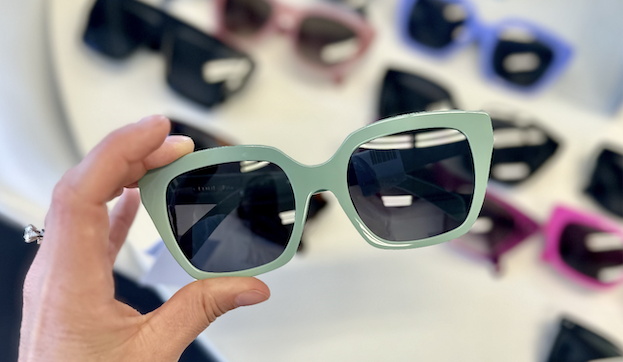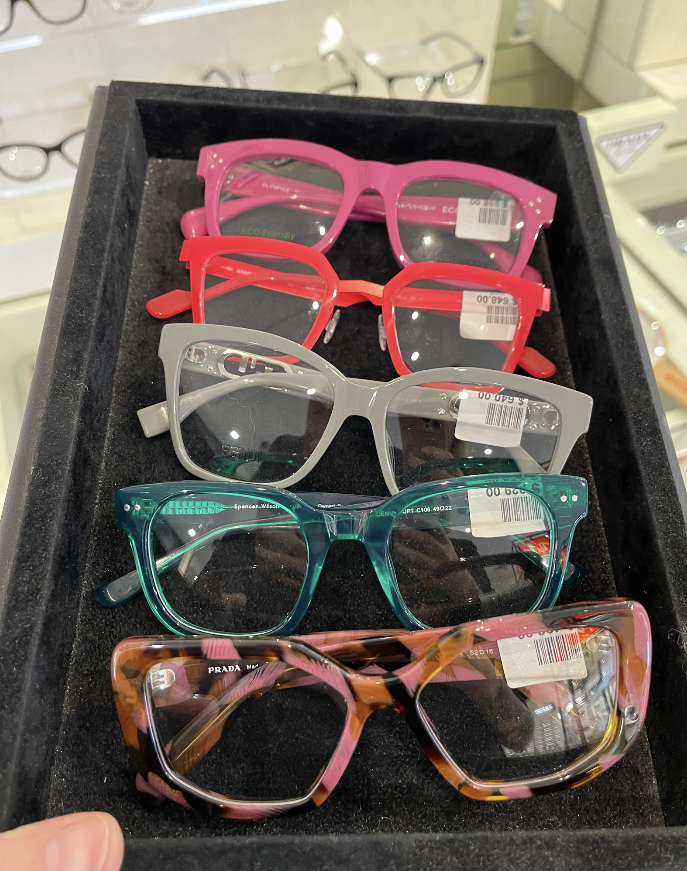Did you know that Age-Related Macular Degeneration is a leading cause of vision impairment? It’s just one of the diseases that can harm your macula.
The macula provides 90% of your eye’s clearest and sharpest vision, allowing you to focus on what’s right in front of you, such as reading a book, driving, or recognizing a friend’s face.
Understanding macular risk factors and making informed treatment choices can help protect your eyesight from any potential macular diseases.
What is Macula?
Macula is a small part located in the middle of the retina, the light-sensitive layer at the back of your eye. Right in the heart of the macula is a super-tiny spot called the fovea, packed with more cone cells than anywhere else in your eye.
These cone cells are what detect light, give you super-sharp vision, and let you see an incredible rainbow of about 10 million colors.
When light enters your eye, it passes through the front parts—the cornea and lens—which then focus it onto the macula.
When light enters your eye, the cornea and lens focus it right onto the macula. That’s when the cones do their thing, converting light into messages that travel via the optic nerve to the brain. Your brain then reads these messages and turns them into sharp, colorful pictures.
Macular Risk Factors
Here are some major factors which may impact macular health and lead to diseases:
-
Age:
Your eyes don’t get a free pass from aging! By the time you’re 50, your risk for macular conditions starts to rise, and by 65, it’s even more likely.
As you age, the cone cells in your macula gradually reduce, making it trickier to focus on tiny details and vivid colors. To make things worse, the blood vessels that keep your macula healthy may begin to weaken, potentially causing further harm
-
Genetics:
Just like you might inherit your family’s eye color or hair type, certain eye conditions can be passed down too.
If eye troubles run in your family, you might just get a turn with them as well. Sometimes, macular dystrophies appear in younger people because of inherited genes.
Specific genes, like ARMS2 and CFH, are linked to age-related macular degeneration (AMD) and can be passed down through generations.
-
Health Conditions and Medications
If you have diabetes or high blood pressure, your retina’s blood vessels might get damaged, which can lead to macular conditions.
In sports where contact is common, like boxing or basketball, eye injuries can damage the macula and might cause macular holes or tears.
Additionally, some medications, especially those used for treating cancer or autoimmune diseases, can have side effects that can harm the macula.
Macular Diseases
Here are some common macular diseases:
-
Age-Related Macular Degeneration (AMD):
About 1 in 7 Australians over 50 are dealing with Age-Related Macular Degeneration.
It might not present clear symptoms at first, so it can go unnoticed. But over time, it can really affect your vision.
About 80% of people with AMD experience significant vision loss, like a silent thief slowly stealing your sight, making daily tasks like reading, driving, and recognizing faces harder.
Dry AMD is the more common type. It’s like the macula is slowly wearing out over time. Tiny spots called drusen can build up, which makes it harder to see clearly. It usually happens slowly, so you might notice that your vision gets a little blurry or you have trouble seeing in dim light.
Wet AMD is less common but can be more serious. New, weak blood vessels start to grow under the macula and leak, which can hurt your vision very quickly. You might see straight lines look wavy or notice dark spots in your central vision.
-
Diabetic Macular Edema (DME):
Elevated blood sugar levels due to diabetes can damage the blood vessels in your eyes, leading to fluid leakage and swelling of the macula.
This can cause diabetic macular edema, blurring your vision and making it hard to see details of what’s right in front of you.
Picture it as trying to read a book, but the page has a dark, hazy spot in the center. The writing is readable and clear at the edges, but the blurry font in the middle makes it annoyingly difficult to focus on the text.
If left untreated, diabetic macular edema can lead to significant vision loss or even blindness.
-
Macular Hole:
As your eyes age, they might develop a macular hole, which tends to appear more often in people over 60 and seems to have a soft spot for women.
Think of a macular hole as a small tear in the part of your eye responsible for sharp, clear central vision. It usually happens when the gel inside your eye, known as vitreous, pulls away and causes a tiny break in your central vision.
Be cautious! If you get a macular hole in one eye, there’s a 5% to 15% chance the other eye will get one too.
To diagnose a macular hole, we use special techniques like Optical Coherence Tomography (OCT) to take a close-up look to check for any problems in the center of your vision.
-
Macular Dystrophy:
Can macular diseases show up early in life?
Absolutely! In some rare cases, conditions like Macular Dystrophy can make an appearance when you’re younger, and guess what? Your genes are the culprits!
Macular Dystrophy impacts about 1 in 10,000 people. This rare condition affects the macula, and over time, the cells there start to break down, leading to a gradual vision loss.
There are different types of macular dystrophy, including:
- Stargardt Disease: The most prevalent form, often surfacing in childhood or early adulthood, responsible for about 7% of retinal degenerations..
- Best Disease: Commonly starts in younger years and may slowly lead to vision problems over time.
- Pattern Dystrophy: These disorders mess with the macula, changing how it looks and works, usually making an appearance as you get older.
What You Can Do
Sun protection
Prolonged exposure to UV radiations from the sun can cause irreversible damage to the macula. We certainly don’t advocate applying sunscreen to the eyes but a pair of sunnies will do the trick in blocking out these rays. All of our stores have a wide range of sunglasses from the budget friendly, to more ‘eye-catching’ styles that will help you to look good whilst keeping your eyes healthy.
Diet and Supplements
Lutein and zeaxanthin are antioxidants which limit cell degradation, found in the macula. Dark leafy green vegetables contain high amounts of these pigments and so it is important to include them in your meals. Supplements can be a good option if you have difficulty maintaining a well-balanced diet.
Quit smoking
Smoking produces many toxic chemicals that can increase cellular damage. It also reduces blood flow and therefore oxygen to the macula, further limiting its function.
Regular eye examinations
Make sure to have comprehensive eye exams regularly, especially if you’re over 50 or have a family history of eye diseases.
If you notice any sudden changes in your vision, such as blurred vision, dark spots, or distortion, don’t wait to seek professional help.
At Eyes&Vision we utilize Ocular Coherence Tomography (OCT) to take safe, and non-invasive scans of the macula so we can examine it down to the tiniest detail of its individual layers.
Our optometrists can advise you not only on the health of your macula, but also what you can do, and signs to look out for in case of any macula disease that we detect.
Ready to learn more about protecting your macula and maintaining sharp vision?
Make healthy eyes a priority and reach out to our expert Eyes&Vision eye care professionals today for a personalized eye exam.



















